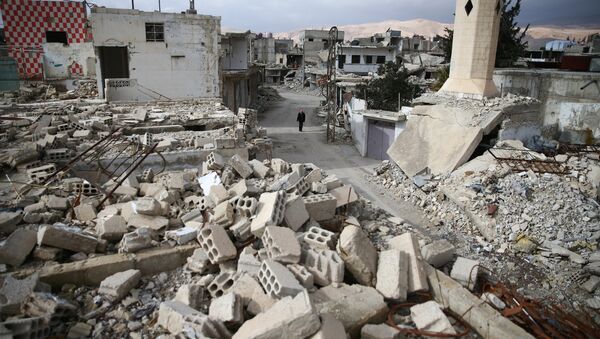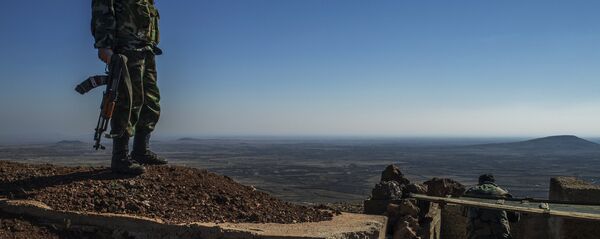The agreements, which were signed in Cairo, Egypt, define borders of the de-escalation zone and locations of control powers, according to the statement.
"These documents define the borders of the de-escalation zone, the deployment sites and powers of the de-escalation control forces, as well as the routes for delivering humanitarian aid and clear passage to the population," the ministry said.
The ministry noted that the first humanitarian convoy to the Eastern Ghouta de-escalation zone is expected in nearest time. It will be followed by the evacuation of wounded civilians for East Ghouta.
On July 7, Lavrov announced that experts from Russia, the United States and Jordan agreed on a memorandum on the establishment of a de-escalation zone in Syria's southwestern provinces following the first face-to-face meeting between Russian President Vladimir Putin and his US counterpart Donald Trump. The ceasefire came into force on July 9.
Russia, Iran and Turkey are guarantors of the Syrian ceasefire regime. The countries signed a memorandum on the establishment of four safe zones in Syria, which came into force on May 6. The four zones span the northwestern Idlib province and parts of the neighboring Latakia, Hama and Aleppo, the north of the central Homs province, Eastern Ghouta near Damascus, as well as southern Daraa and Quneitra regions.



